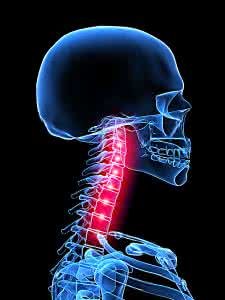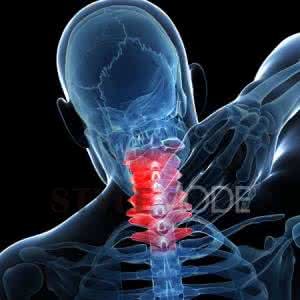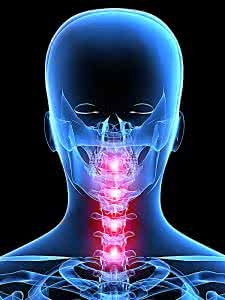What symptom is cervical spondylosis?
summary
Cervical spondylosis, also known as cervical syndrome, is the general name of cervical osteoarthritis, proliferative cervical spondylitis, cervical nerve root syndrome and cervical disc prolapse. It is a disease based on degenerative pathological changes. So what symptom is cervical spondylosis? Let's talk about it
What symptom is cervical spondylosis?
Vertigo is a common symptom of cervical spondylosis of vertebral artery type. The patient's position changes due to the extension or rotation of the neck, leading to vertigo. Vertigo caused by ischemic lesion of vestibular nucleus usually lasts for a short time and disappears in a few seconds to a few minutes. At the time of onset, the patient may have mild loss of consciousness and dyskinesia, manifested as unstable walking or leaning to one side; Vertigo caused by labyrinthine ischemia is not accompanied by disturbance of consciousness. Vertigo caused by vestibular neuropathy belongs to central vertigo; Labyrinthine ischemic lesions belong to peripheral vertigo. Some patients have nausea, acute onset of patients can not look up, a few patients have diplopia, eye tremor, tinnitus and deafness and other symptoms. In the aspect of physical signs, the patient's neck movement is limited during the onset of the disease. Neck rotation or movement can cause dizziness, nausea or palpitation; Some patients can hear the murmur caused by vertebral artery distortion and blood flow obstruction by auscultation on the affected clavicle. At the same time, there was obvious tenderness in spinous process and displaced facet joint.

Due to the spasm of vertebrobasilar artery system caused by cervical spondylosis, secondary cerebral occipital lobe visual center ischemic lesions, a few patients may have vision loss or visual field defect, or even blindness in severe cases.

In patients with vertebral artery type of cervical spondylosis, headache and vertigo usually exist at the same time. Among them, occipital nerve lesion is the main cause of headache. Because the branch of vertebral artery, the occipital artery, supplies the greater occipital nerve, clinically, vertebral artery spasm causes the greater occipital nerve ischemia and headache in the greater occipital nerve innervation area, which is intermittent throbbing pain. It radiates from one side of the posterior neck to the occipital part and half of the head, and has a burning sensation. A few patients have hyperalgesia, and feel obvious pain when touching the head. In addition, the root lesion or trauma of the trapezius muscle, which is innervated by the accessory nerve, may cause spasm of the trapezius muscle, and the compression of the greater occipital nerve branch from the trapezius muscle may induce clinical symptoms. When atlas or axis shift occurs, it can also stimulate the occipital nerve to induce headache.

matters needing attention
Physical therapy: physical therapy is the abbreviation of physical therapy. It is the application of natural and artificial physical factors, such as sound, light, electricity, heat, magnetism and so on, to treat and prevent diseases. However, its effect is weak and cannot be treated fundamentally. And often physical therapy is easy to scald the skin, and even lead to cancer, the choice should be careful.












